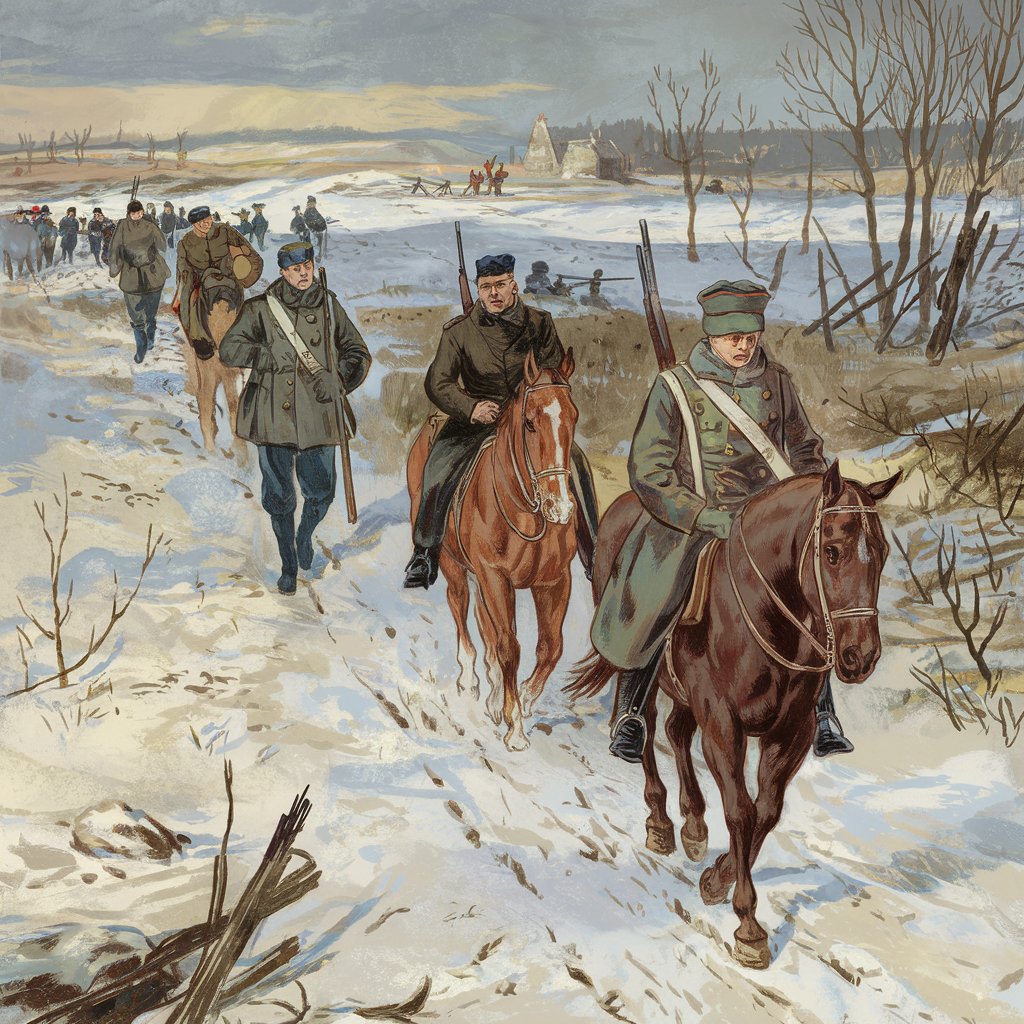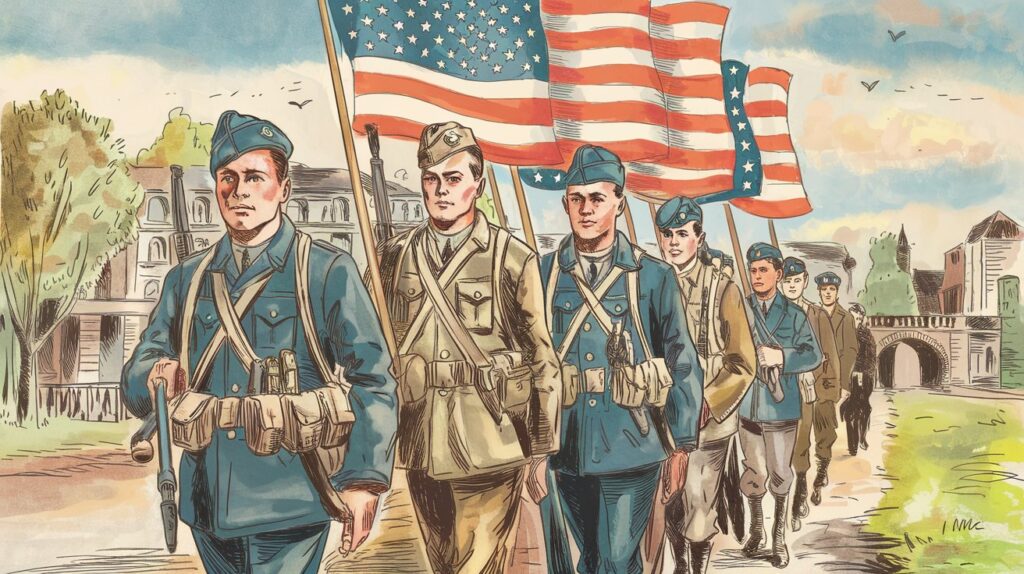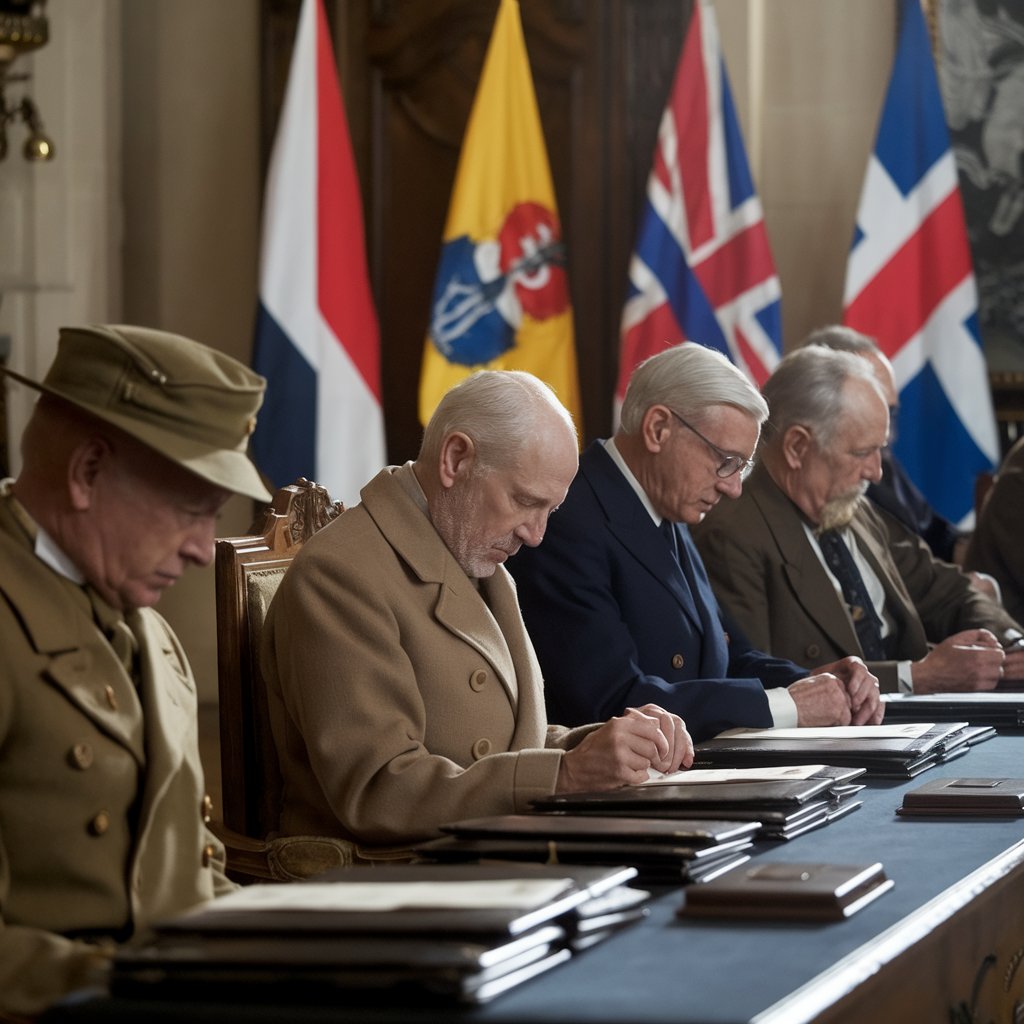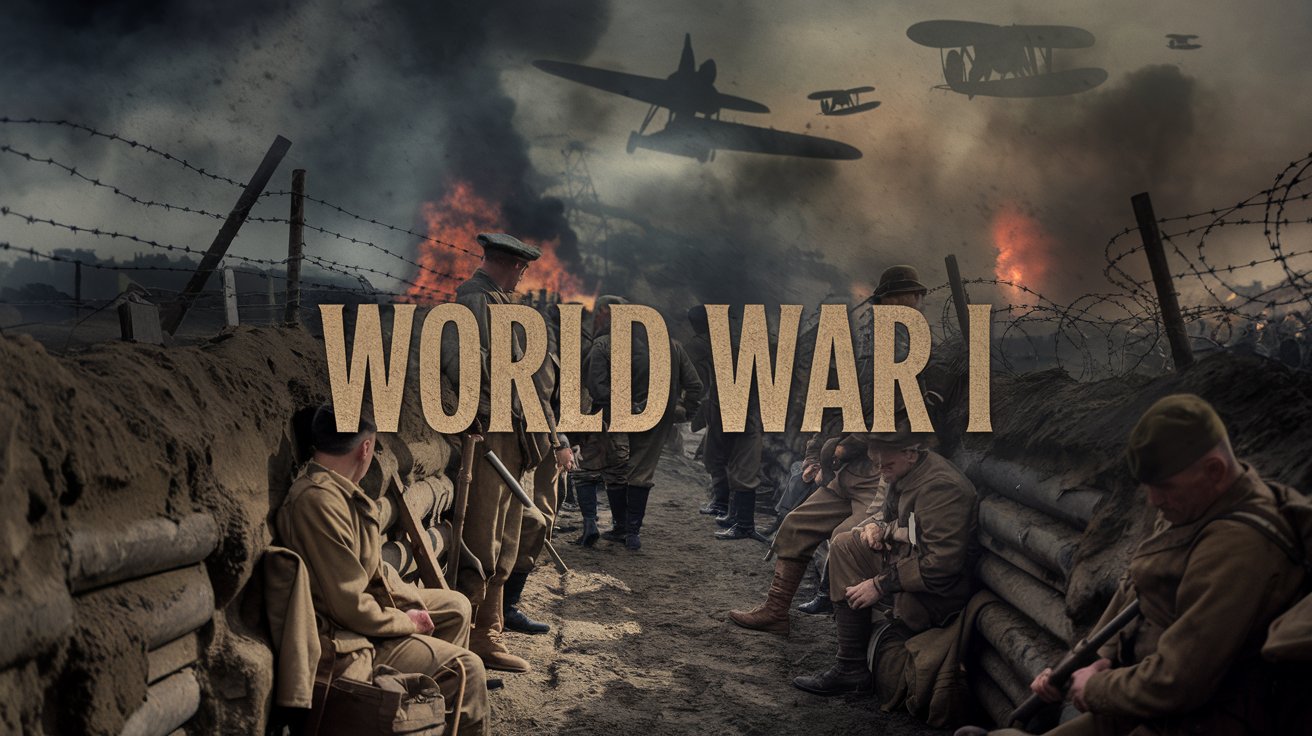On June 28, 1914, a young Serbian named Gavrilo Princip, a member of a secret organization called the Black Hand, assassinated the heir to the Austro-Hungarian throne in Sarajevo. A month later, Europe plunged into the largest military conflict the world had seen up to that point: World War I. In this article, we will explore in depth how this trigger event evolved into a global war and examine the key factors, alliances, the main battlefronts, and the long-lasting consequences that the war brought with it.
The Alliances That Divided Europe

The Triple Alliance
At the start of the war in 1914, Europe was already divided into two alliances that pitted the major powers against each other. The Triple Alliance was led by Germany and the Austro-Hungarian Empire, united since 1879 after a failed pact with Russia. In 1882, Italy joined the alliance, although it switched sides at the start of the war. Finally, the Ottoman Empire and Bulgaria joined to support the Central Powers.
The Triple Entente
The Triple Entente, known as the Allied Powers, was formed primarily by France, Russia, and the United Kingdom. The origins of the alliance included the Franco-Russian Alliance of 1892 and the Entente Cordiale of 1904 between France and the United Kingdom. During the war, although Russia later withdrew, new allies joined, including Japan and, in 1917, the United States, which played a decisive role in the outcome of the conflict.

Causes of World War I
Although the assassination of Archduke Franz Ferdinand was the immediate trigger, several factors contributed to the escalation of this conflict:
- Nationalism: Exaggerated patriotism fueled rivalry between nations and fostered a rigid national identity.
- Militarism: Military spending increased drastically, leading to an arms race where no one wanted to be left behind. The role of the military in politics also grew, promoting a favorable view of war.
- Imperialism: Competition for colonies and resources in Africa and Asia added tension and rivalry among the great powers.
- Alliance system: The existing web of alliances among the powers ensured that any localized conflict could easily escalate to involve multiple countries.
In a context of intense competition and territorial tensions in Europe, the accumulation of these causes made it so that a relatively isolated incident like the assassination in Sarajevo could lead to a massive conflict.

Development of the War on the Battlefronts
Western Front
The Western Front was marked by direct confrontation between France and Germany. At the start of the war, both sides tried to implement pre-existing plans, such as Germany’s Schlieffen Plan and France’s Plan XVII. However, both plans proved overly optimistic, and the war became far more grueling than expected. Germany began by attacking Belgium, then pushed into France. After hard-fought battles, German troops reached the outskirts of Paris. However, at the Battle of the Marne, Allied forces managed to halt their advance, initiating what would be known as the “race to the sea” and marking the beginning of trench warfare. Throughout 1915, German forces fortified their positions while the Allies attempted to break their lines. Both sides suffered heavy casualties due to the use of new weapons, such as chlorine gas. In 1916, two of the bloodiest battles of the war were fought: Verdun and the Somme, which together resulted in hundreds of thousands of casualties.


Eastern Front
Unlike the Western Front, the Eastern Front was more dynamic. Austria-Hungary attempted to attack Serbia, while Russia faced Germany to the north and Austria-Hungary to the south. After some initial successes, Russian forces suffered heavy defeats, such as at the Battle of Tannenberg. However, in 1916, Russia launched the Brusilov Offensive, achieving significant but temporary advances.
In 1917, the Russian Empire was weakened and facing internal unrest, leading to the Russian Revolution and Russia’s exit from the war. This was formalized with the Treaty of Brest-Litovsk in 1918, which ended the conflict on the Eastern Front.
The United States and the Turning Point of the War
Germany’s strategic shift in 1917, restarting unrestricted submarine warfare, led the United States to enter the war after the sinking of several American ships. By mid-1918, the U.S. Army had over a million soldiers in Europe, significantly reinforcing the Allied forces. Despite German attempts to launch a final offensive, attrition and Allied pressure became unsustainable. In September 1918, German defenses broke, and desertions and uprisings at home indicated that the war was lost.

The Armistice and the Consequences of the War
On November 11, 1918, Germany signed an armistice that ended hostilities. The Treaty of Versailles, signed the following year, established the conditions for peace, imposing severe sanctions on Germany, including territorial losses and the obligation to pay massive war reparations. And like this the World War I finish.

Political and Social Consequences
- Disintegration of Empires: The Austro-Hungarian, Ottoman, German, and Russian empires dissolved, leading to the creation of new states and the rise of nationalist movements.
- Shift in Global Power: The United States emerged as a world power, while a devastated Europe lost its hegemony.
- Foundation for Future Conflicts: The conditions imposed on Germany in the Treaty of Versailles created resentments that would contribute to the rise of Nazism and, ultimately, to World War II.


2 thoughts on “World War I”